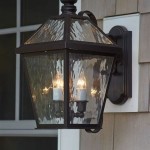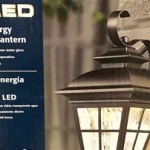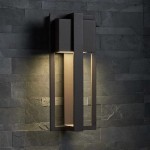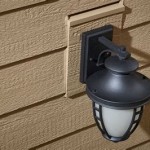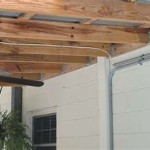Essential Aspects of Outdoor PIR Light Settings
Outdoor PIR (Passive Infrared) lights are a great way to improve security and convenience around your home. These lights use motion sensors to detect movement, and they can be set to turn on automatically when they detect something moving. This can help to deter intruders, illuminate dark areas, and make it easier to find your way around at night.
When setting up your outdoor PIR lights, there are a few key things you need to keep in mind. These include:
1. The sensitivity of the sensor: The sensitivity of the sensor determines how much movement is required to trigger the light. If the sensor is too sensitive, the light will turn on every time a small animal or bird moves by. If the sensor is not sensitive enough, the light may not turn on when you want it to.
2. The detection range of the sensor: The detection range of the sensor determines how far away from the light the sensor can detect movement. If the detection range is too short, the light will only turn on when you are very close to it. If the detection range is too long, the light may turn on when you are not even on your property.
3. The time delay: The time delay determines how long the light stays on after it has been triggered. This can be set to anywhere from a few seconds to several minutes. If the time delay is too short, the light will turn off too quickly and you may not have enough time to get to where you need to go. If the time delay is too long, the light will stay on for too long and waste energy.
4. The ambient light sensor: The ambient light sensor determines whether the light will turn on during the day or only at night. If the ambient light sensor is turned on, the light will only turn on when it is dark outside. This can help to save energy and prevent the light from being triggered by movement during the day.
Once you have considered these factors, you can set your outdoor PIR lights to meet your specific needs. Here are a few tips for setting up your lights:
1. Choose a location for the light that is close to an area where you want to detect movement, but not too close to areas where you do not want the light to turn on.
2. Mount the light at a height of 6-8 feet above the ground. This will help to prevent the light from being triggered by small animals or objects.
3. Adjust the sensitivity of the sensor so that the light only turns on when you want it to.
4. Adjust the detection range of the sensor so that the light only turns on when you are close to it.
5. Adjust the time delay so that the light stays on for long enough to give you time to get to where you need to go.
6. Turn on the ambient light sensor so that the light only turns on at night.
By following these tips, you can set up your outdoor PIR lights to improve security and convenience around your home.

How To Alter The Settings On Your Pir Floodlight Security Light Sensor

How To Alter The Settings On Your Pir Floodlight Security Light Sensor

120 Led Solar Security Light Black Spv Lights

How To Adjust Your Sensor Light Metro Electrical 24 Hour Electricians

Understanding Motion Lighting

Tips For Setting Up Your Motion Sensor Floodlight

Lepro 20w Security Lights Outdoor Motion Sensor 1700 Lumen Pir Light Ip65 Waterproof Flood

Stainless Steel Outdoor Wall Up Down Pir Light Manual Override

How To Alter The Settings On Your Pir Floodlight Security Light Sensor

Motion Sensor Lights Tips To Reset Detector
